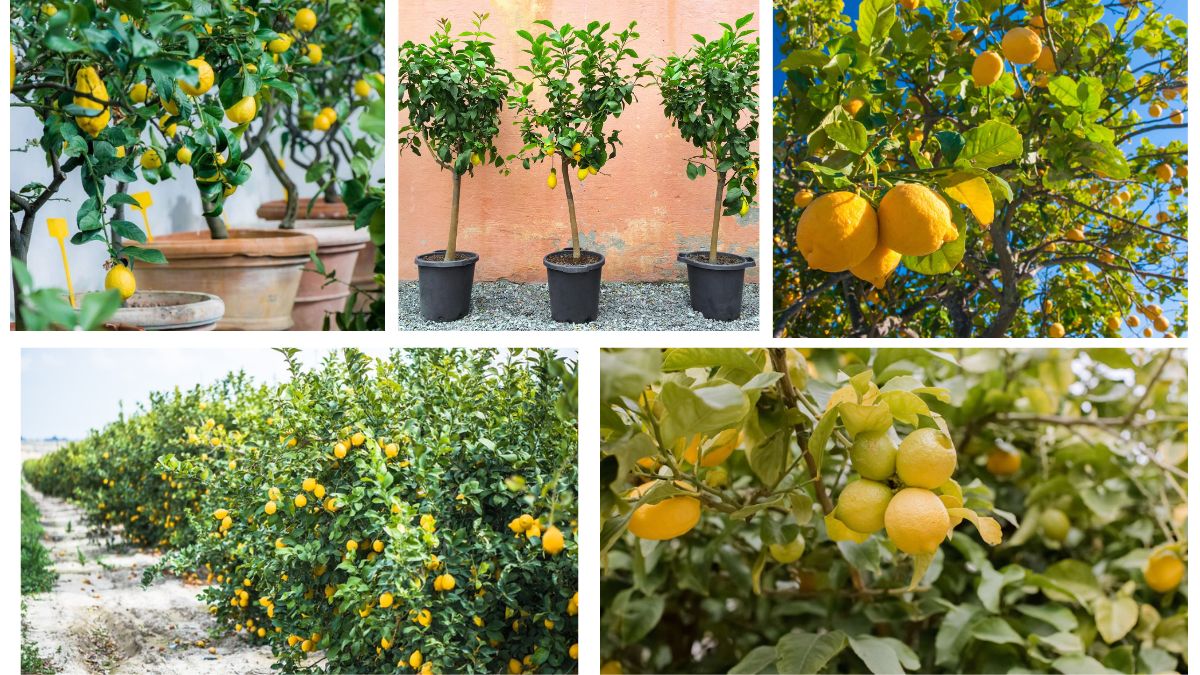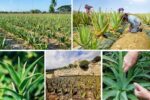Lemon trees are among the most popular and rewarding fruit trees for home gardeners and commercial growers alike. Their bright yellow fruits are prized for their refreshing flavor, culinary versatility, and ornamental appeal. Beyond their beauty and fragrance, lemon trees can also symbolize warmth, hospitality, and abundance. But like all plants, lemons have specific growing requirements — and understanding where lemon trees grow best is the key to ensuring healthy growth, prolific fruiting, and long-lasting vitality.
In this article, we’ll explore the environmental conditions, regional preferences, and care practices that contribute to thriving lemon trees. From climate and soil needs to sunlight exposure and water management, here’s a complete guide to finding or creating the ideal home for your lemon tree.
Understanding Lemon Tree Basics
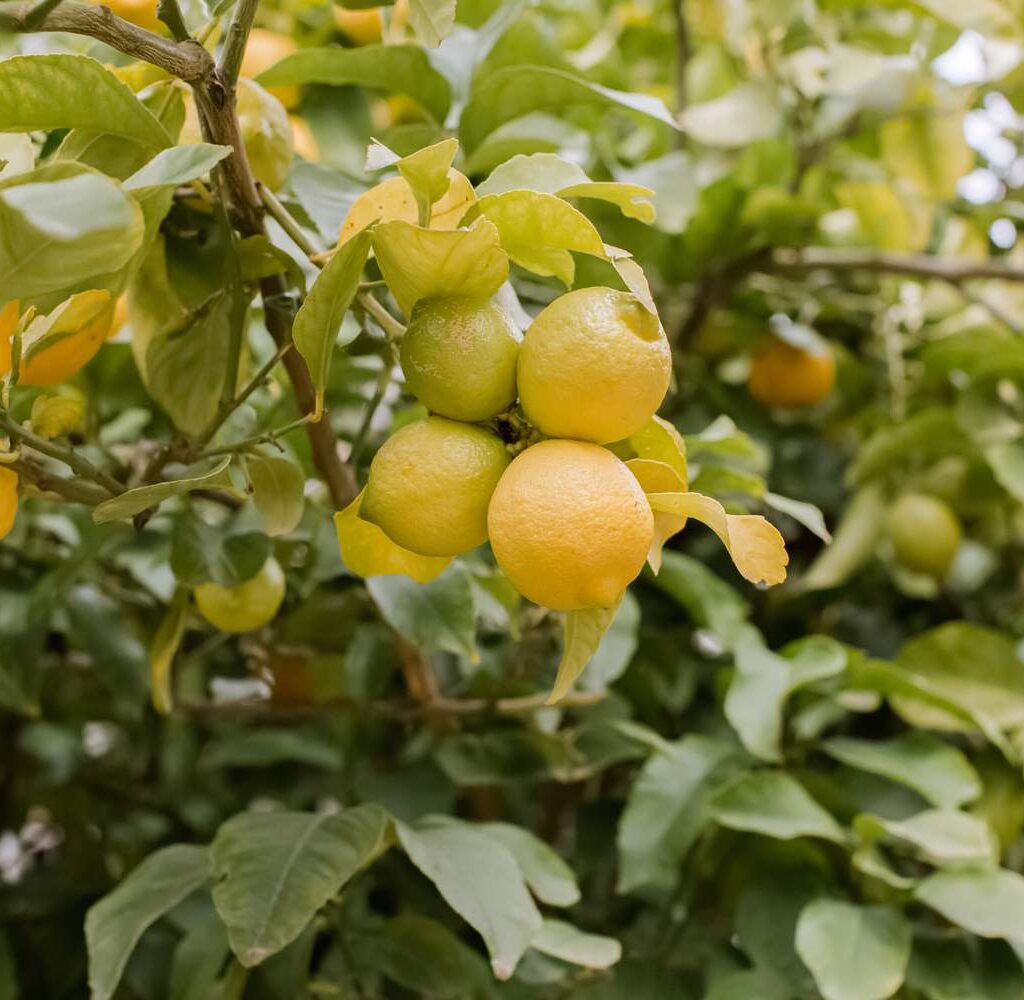
Before discussing the best growing locations, it helps to understand a bit about lemon trees themselves.
Scientific Name: Citrus limon
Plant Type: Evergreen, broadleaf tree
Native Range: Asia, particularly India and northern Myanmar
Climate Preference: Subtropical to tropical
Growing Habit: Typically reaches 10–20 feet in height outdoors; can be kept smaller in containers
Fruit Production: Year-round in ideal conditions, with peak harvest seasons in late winter to spring
With this in mind, let’s look at what makes an environment perfect for lemon trees.
Ideal Climate for Lemon Trees
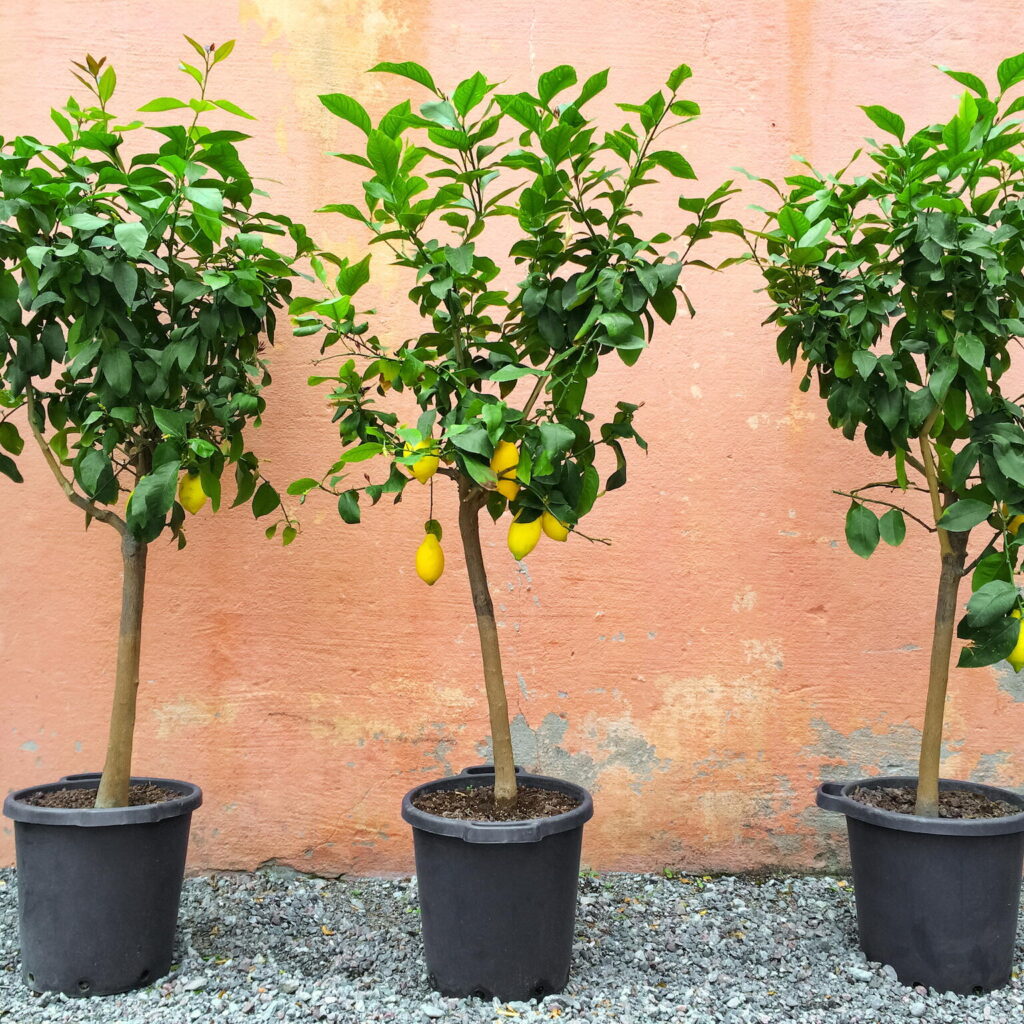
Lemon trees thrive in warm, frost-free climates. Unlike some citrus varieties that can tolerate moderate cold, lemons are highly sensitive to freezing temperatures, which can damage foliage, blossoms, and fruit.
Optimal Temperature Range:
- Daytime: 70°F–90°F (21°C–32°C)
- Nighttime: Above 50°F (10°C)
Freezing Temperatures:
Prolonged exposure below 28°F (-2°C) can be fatal to lemon trees, especially young plants.
Preferred USDA Hardiness Zones:
- Zones 9–11 (in the United States)
- Can be grown in containers and overwintered indoors in Zones 7–8
Notable Lemon-Growing Regions:
- California
- Arizona
- Florida
- Mediterranean regions (Italy, Spain, Greece)
- Parts of India, South Africa, and Australia
Sunlight Requirements
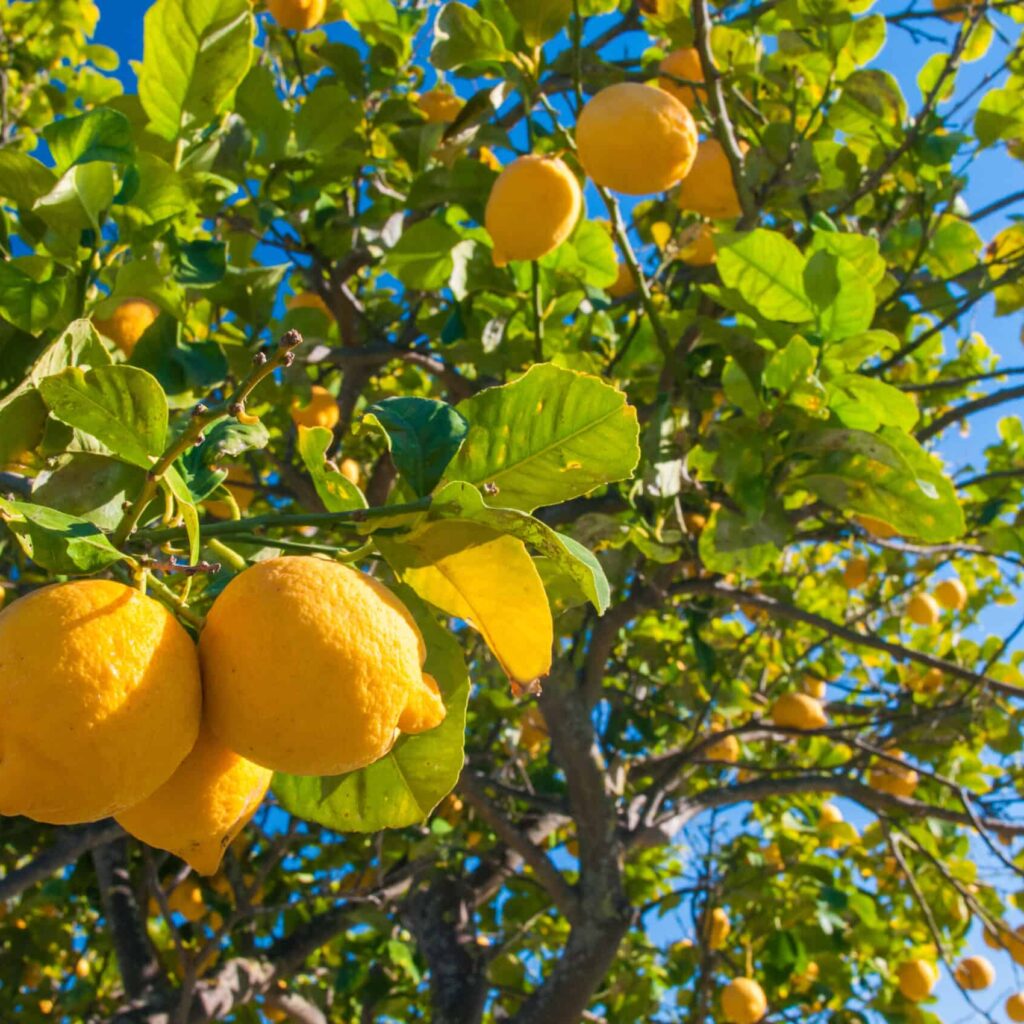
Lemon trees are sun-loving plants that need abundant light to thrive and produce sweet, juicy fruits.
Recommended Sunlight Exposure:
- Full sun (6–8 hours of direct sunlight daily)
- Best performance in south- or west-facing locations
- Indoor trees should be placed near the sunniest window or under grow lights if necessary
Why Sun Matters:
Sunlight drives photosynthesis, fuels growth, enhances flower production, and improves fruit flavor and juiciness.
Soil Conditions for Lemon Trees
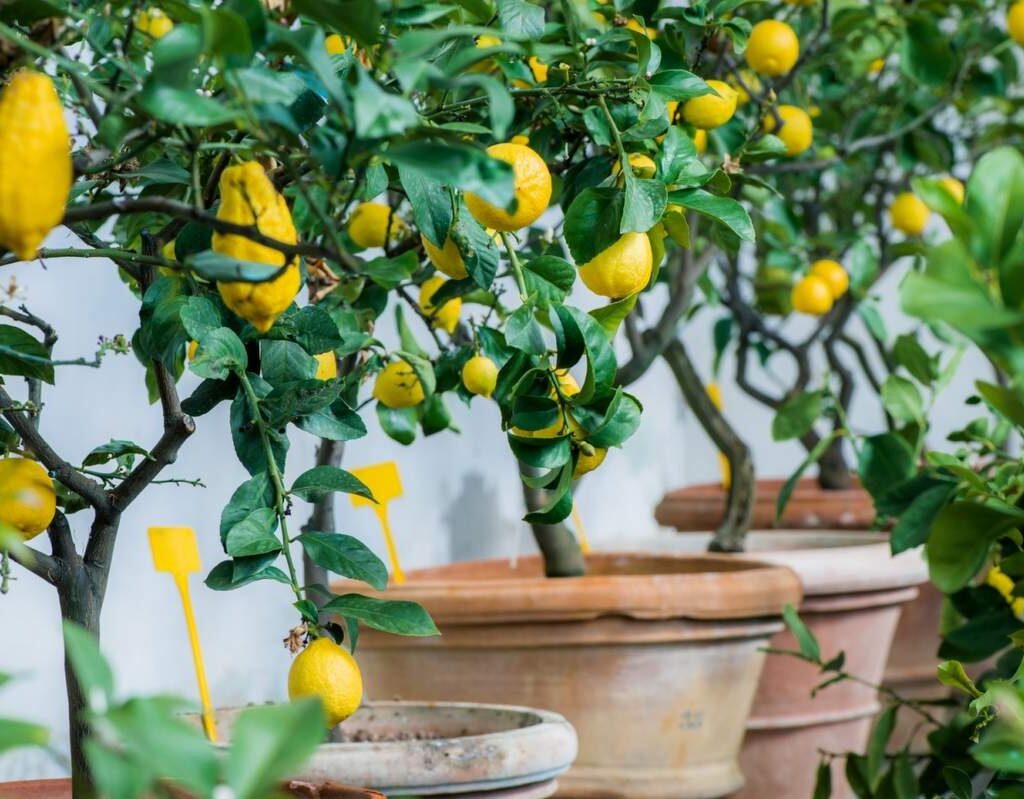
Healthy soil is essential for robust lemon tree growth. While relatively adaptable, lemon trees prefer well-draining, moderately fertile soils with a slightly acidic to neutral pH.
Ideal Soil Characteristics:
- Texture: Sandy loam or loam soils
- pH Range: 5.5 to 7.0
- Drainage: Excellent — standing water can cause root rot
Soil Preparation Tips:
- Amend heavy clay soils with organic matter (compost, peat moss) and sand to improve drainage.
- Test soil pH and adjust as needed using sulfur to lower pH or lime to raise it.
- Use a slightly raised mound or plant on a slope to prevent water accumulation around roots.
Watering Requirements
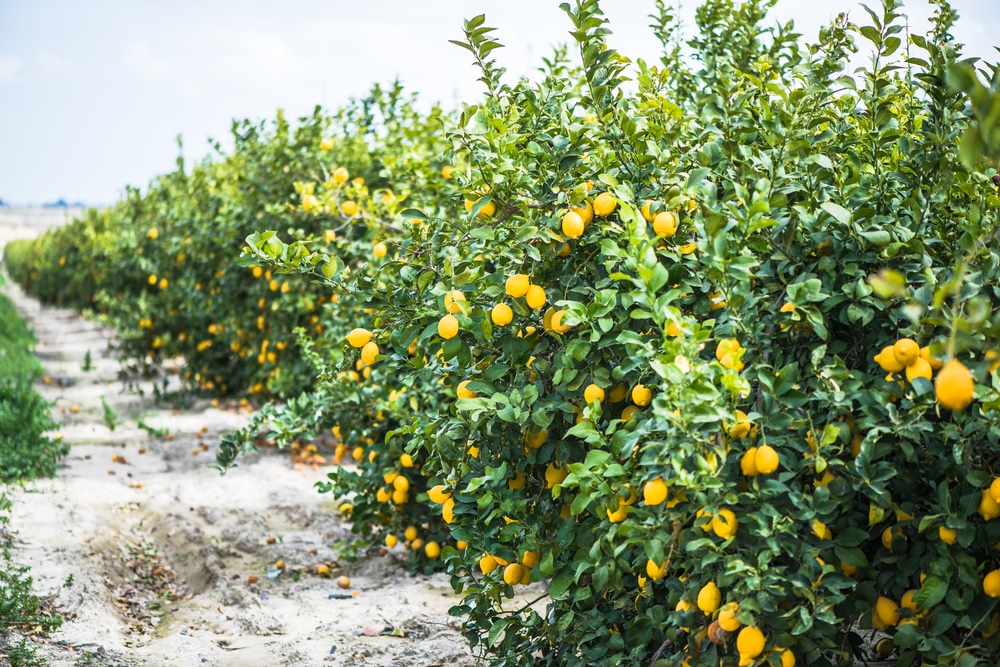
Lemon trees need consistent moisture but are highly susceptible to overwatering, which can lead to fungal diseases like root rot.
Watering Guidelines:
- Keep soil evenly moist but never waterlogged.
- Deep watering is preferable to frequent shallow watering.
- In-ground trees may need water every 5–7 days in hot, dry weather.
- Container-grown trees dry out faster and may require watering every 2–3 days in summer.
Tip:
Use mulch around the base of the tree to conserve moisture and regulate soil temperature, keeping it away from the trunk to prevent rot.
Container Growing for Cooler Climates
If you live in a region where winters dip below 30°F (-1°C), you can still grow lemon trees in containers and bring them indoors during colder months.
Best Practices for Container-Grown Lemon Trees:
- Use a large pot with drainage holes.
- Plant in a well-draining, sandy potting mix formulated for citrus or cactus.
- Place in a sunniest, south-facing window indoors.
- Supplement light with grow lights during dark winter months.
- Avoid placing near heating vents or drafty windows.
- Allow the top inch of soil to dry before watering again.
Popular Dwarf Varieties for Containers:
- ‘Improved Meyer Lemon’ (sweeter, cold-tolerant hybrid)
- ‘Ponderosa Lemon’ (large fruits)
- ‘Eureka’ (classic supermarket lemon)
Wind and Shelter Considerations
Lemon trees prefer sheltered locations protected from harsh winds and salt spray (in coastal regions). Strong winds can break branches, strip foliage, and reduce fruit set.
Ideal Locations:
- Near a south-facing wall (provides warmth and windbreak)
- Along fences or hedges that block prevailing winds
- In courtyards or protected garden nooks
Avoid planting in low-lying frost pockets or areas where cold air settles.
Fertilizing Lemon Trees
To grow vigorously and produce fruit, lemon trees need regular feeding, particularly during the growing season.
Best Fertilizer Types:
- Citrus-specific fertilizers with balanced nutrients and added micronutrients like magnesium, zinc, and iron
- Organic options like composted manure, blood meal, or seaweed extract
Fertilizing Schedule:
- In-ground trees: 3–4 times a year (spring, early summer, late summer, early fall)
- Container trees: Every 4–6 weeks during the growing season
Avoid fertilizing in late fall or winter, which may encourage tender new growth vulnerable to cold.
Pests and Diseases to Watch
Lemon trees, especially in warm and humid environments, are susceptible to a few common pests and diseases.
Common Pests:
- Aphids
- Spider mites
- Whiteflies
- Scale insects
- Citrus leafminers
Control Methods:
Neem oil, insecticidal soap, or introducing beneficial insects like ladybugs.
Common Diseases:
- Root rot (from poor drainage)
- Citrus canker
- Greasy spot (fungal leaf disease)
- Sooty mold (from aphid secretions)
Prevention Tips:
- Proper spacing and pruning for airflow
- Avoid overhead watering
- Prompt removal of diseased leaves or branches
Conclusion
So, where do lemon trees grow best? The answer lies in warm, frost-free climates with abundant sunlight, well-drained slightly acidic soils, and protection from harsh winds. In the United States, regions like California, Florida, and Arizona provide near-ideal conditions, but with a little creativity, lemon enthusiasts in cooler climates can successfully grow these sunny trees in containers, moving them indoors during winter.
By understanding their specific needs for temperature, soil, light, and care, you can create the perfect growing environment for healthy, productive lemon trees — whether in a backyard orchard, patio garden, or sun-drenched balcony. With proper attention, your lemon tree will reward you with fragrant blossoms, lush foliage, and bright, juicy fruits for years to come.
